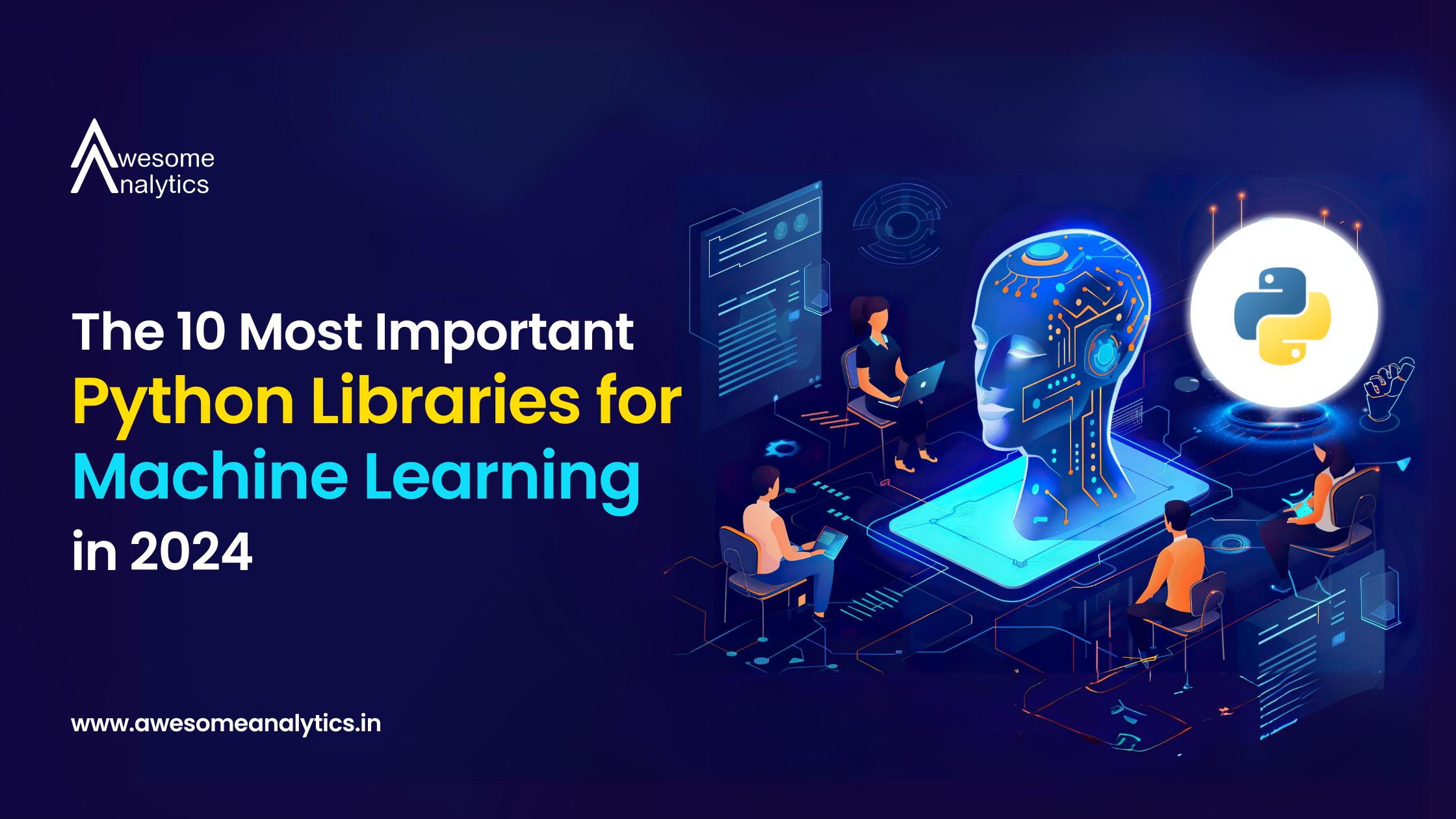
Evolution from 2020 to 2024
2020: The Foundation Years
In 2020, the machine learning field was dominated by core libraries like TensorFlow, PyTorch, and scikit-learn. Keras was often used separately from TensorFlow, and while XGBoost and LightGBM were available, they hadn’t yet gained widespread popularity. Hugging Face Transformers was just emerging in NLP, and JAX was still under the radar.
2021-2022: The Rise of Transformers and AutoML
The next couple of years saw transformer models skyrocket in popularity, especially with Hugging Face Transformers leading the charge in NLP. PyTorch gained traction in research, while JAX, FastAI, and PyCaret started to gain attention, reflecting the growing interest in automated ML and high-performance computing.
2023-2024: Consolidation and Specialization
By 2024, the ML ecosystem had matured, with TensorFlow and PyTorch solidifying their dominance. There was a shift toward scalable computing with libraries like Dask, and tools like PyCaret and FastAI made ML more accessible. Additionally, new specialized libraries began emerging, catering to niche areas of machine learning.
Key Trends
Deep Learning Dominance: Increased focus on deep learning and transformer models.
- Scalability: Growing importance of scalable and distributed computing.
- Automation: Rise of high-level, automated ML libraries.
- Optimization: More attention to hyperparameter optimization and AutoML.
- Ecosystem Consolidation: Consolidation around major frameworks with growing ecosystems.
- Visualization: Continued importance of data visualization with a shift towards interactive tools.
Why Choosing the Right Python Libraries Matters in 2024
Navigating the world of machine learning (ML) can be overwhelming, especially when you're faced with a multitude of Python libraries. How do you know which ones will actually help you succeed in your ML projects? Choosing the right libraries can save you time, streamline your workflow, and even boost your model accuracy. Below, you'll discover the top 10 Python libraries you should know in 2024 to make your machine learning journey smoother and more productive.


Here are the top Python libraries you should know:
1. TensorFlow: Ideal for building deep learning models with vast datasets. It's scalable, supports multiple platforms, and is widely used in production environments.
2. PyTorch: Known for its flexibility and ease of debugging, it’s favored for dynamic computational graphs and is widely used in academic research.
3.Scikit-learn: Perfect for traditional machine learning tasks like classification and clustering. It’s simple to use and integrates well with other Python tools.
4.Keras: Provides a user-friendly interface for creating deep learning models. Now part of TensorFlow, it allows quick prototyping with minimal code.
5. XG Boost: Highly efficient for boosting algorithms and works exceptionally well with structured/tabular data. It’s known for its winning performance in competitions.
6.Light GBM : Optimized for speed and efficiency on large datasets, LightGBM handles high-dimensional data and outperforms many boosting libraries in terms of speed.
7.Pandas : Essential for data manipulation and cleaning. Pandas simplifies working with structured data, making it easy to explore and preprocess.
8.NumPy : The core library for numerical computing, enabling fast operations on large datasets. It integrates seamlessly with other ML libraries like Scikit-learn. .
9 Matplotlib : Great for simple visualizations, like line charts and scatter plots. It’s a go-to for quick visual checks of your data.
10.Seaborn : Builds on Matplotlib to create attractive statistical graphics. It’s especially useful for heatmaps and advanced visual representations.
Understanding the Ecosystem
The machine learning ecosystem is built on several key components:
- Core ML and Deep Learning Frameworks: These are the foundation of modern machine learning, offering tools to build and train everything from simple algorithms to complex neural networks.
- Data Manipulation and Numerical Computing Libraries: These libraries are crucial for preparing and processing data, as well as executing the mathematical operations that power machine learning algorithms.
- Visualization and Plotting Tools: These tools are essential for exploring data, understanding model performance, and effectively communicating results.
- Natural Language Processing and Specialized Tools: These cater to specific areas within machine learning, such as text processing, and include utilities for optimizing models in specialized domains.
Understanding the Ecosystem
The machine learning ecosystem is built on several key components:
- Core ML and Deep Learning Frameworks: These are the foundation of modern machine learning, offering tools to build and train everything from simple algorithms to complex neural networks.
- Data Manipulation and Numerical Computing Libraries: These libraries are crucial for preparing and processing data, as well as executing the mathematical operations that power machine learning algorithms.
- Visualization and Plotting Tools: These tools are essential for exploring data, understanding model performance, and effectively communicating results.
- Natural Language Processing and Specialized Tools: These cater to specific areas within machine learning, such as text processing, and include utilities for optimizing models in specialized domains.

Conclusion
By getting familiar with these key libraries, data scientists and machine learning engineers can build a strong set of tools to handle a wide range of ML tasks. While the top 10 libraries will meet most of your needs, learning about other libraries can give you even more specialized skills.
No matter your experience level, this selection of libraries is here to help you stay skilled and ready for the future. As we move forward, we can expect these trends to keep shaping the Python ML world, making powerful tools easier to use, improving how well they work, and adapting to new ideas in AI.
Ready to supercharge your Python/Power BI/AI journey? Subscribe now for useful content and simple insights to keep learning.



